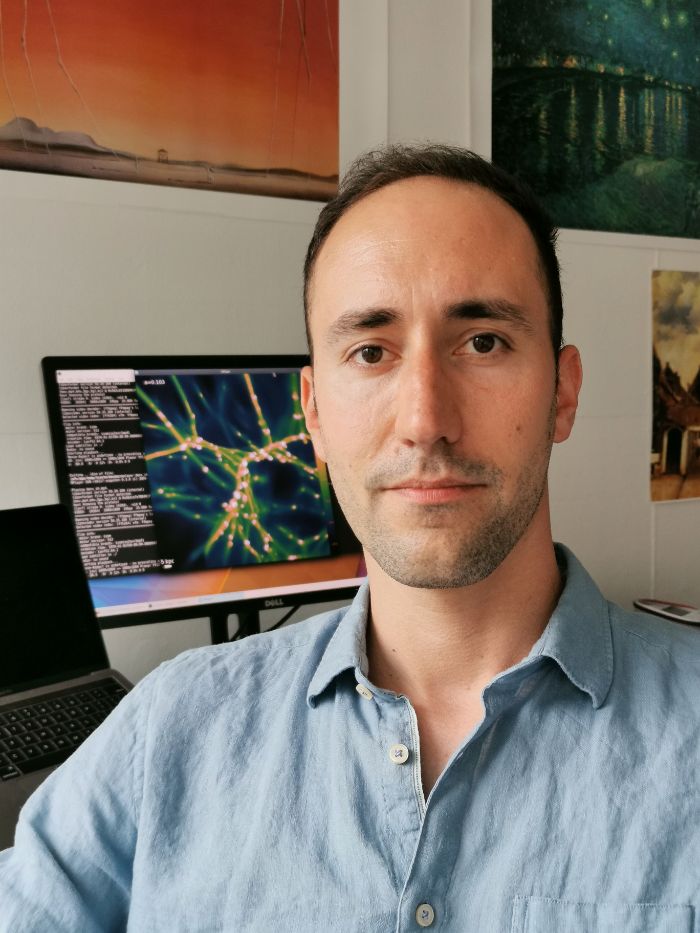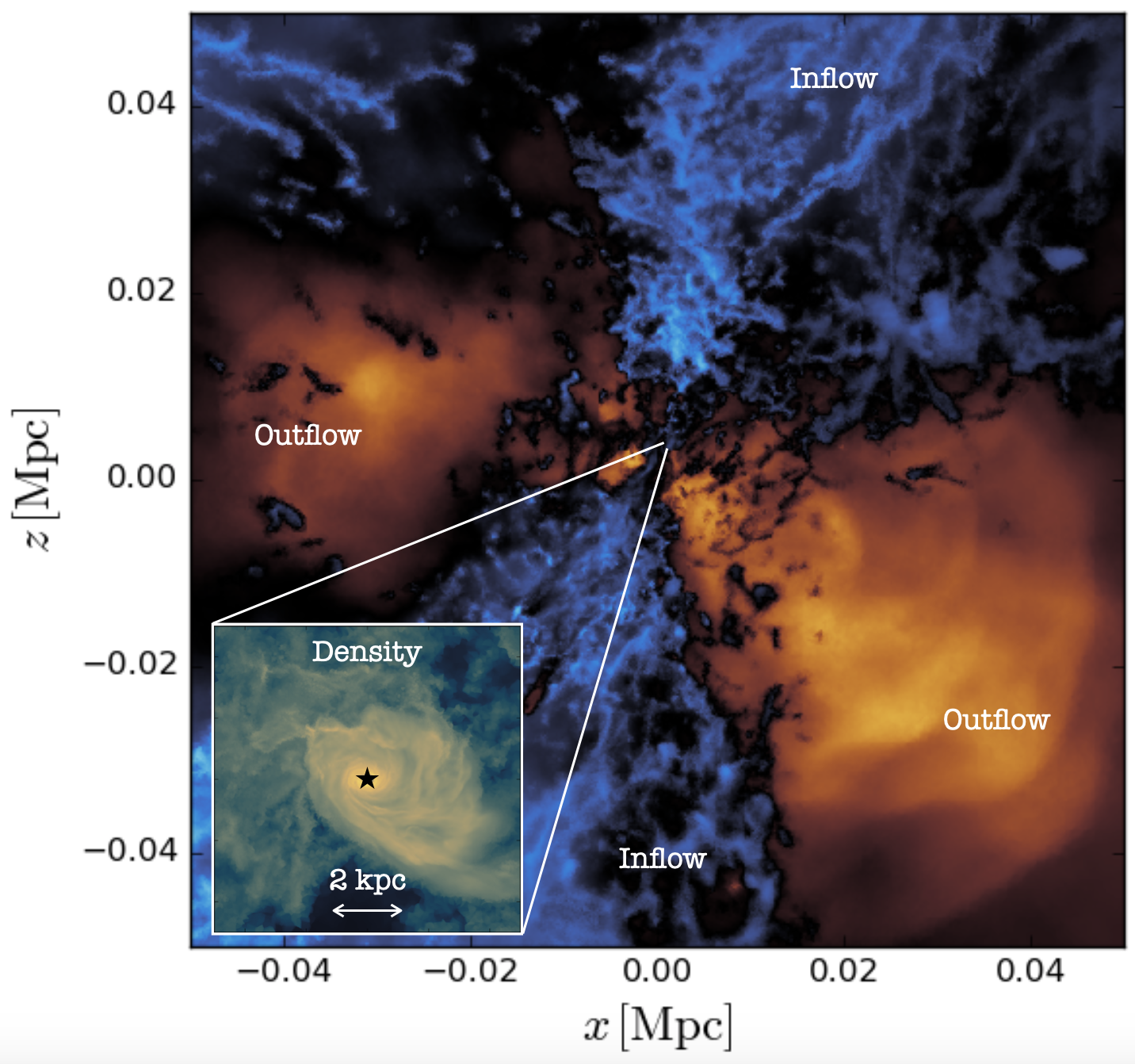Our leading model of galaxy formation hinges on strong energy injection by active

galactic nuclei (AGN) powered by accreting supermassive black holes in order to explain the observed properties of galaxy populations. Even though "AGN feedback" is widely accepted as the chief source of energy operating in massive galaxies, the dominant physical mechanisms through which supermassive black holes supposedly shape galaxy evolution remain unidentified. This poor grasp of the physics underlying AGN feedback remains a major obstacle limiting
- a conclusive assessment of the role of AGN in galaxy evolution,
- the interpretation and constraining power of observational data,
- the development of realistic models for AGN feedback in state-of-the-art cosmological simulations.
In this talk, I will present results from numerical, (radiation-)hydrodynamic, cosmological simulations designed to test an array of specific AGN physical processes in massive galaxies at high-redshift (z > 2). These simulations make a strong case against "momentum-driven" feedback, ruling out direct radiation pressure from the AGN or large-scale outflows suffering strong cooling losses. The associated feedback is too weak, requiring unrealistically high black hole masses to effectively launch outflows. Our simulations single out two effective AGN feedback mechanisms. One is associated to radiation pressure arising from infrared photons trapped in dusty regions of the interstellar medium. This process has a strong impact on galactic nuclei, but can only operate effectively when AGN are highly obscured by dust. The most effective AGN feedback mechanism, I will argue, corresponds to "energy-driven" winds. Such outflows operate through hot, over-pressurised bubbles capable of ejecting gas from galaxies and of halting halo gas inflow through adiabatic expansion.
The talk will conclude with a discussion on the expected observational imprints of energy-driven bubbles, an analysis of their multi-phase structure as well as its origin, and an assessment of their impact on galaxy evolution.

Please join via Zoom at https://uio.zoom.us/j/66106436547?pwd=bTJlRmxVQlo1RWt2M25GZ0NrRGh4UT09
Meeting ID: 661 0643 6547
Passcode: 897682
Attendees will be muted during the colloquium, but will have the opportunity to ask questions at the end by clicking on the "raise hand” button.